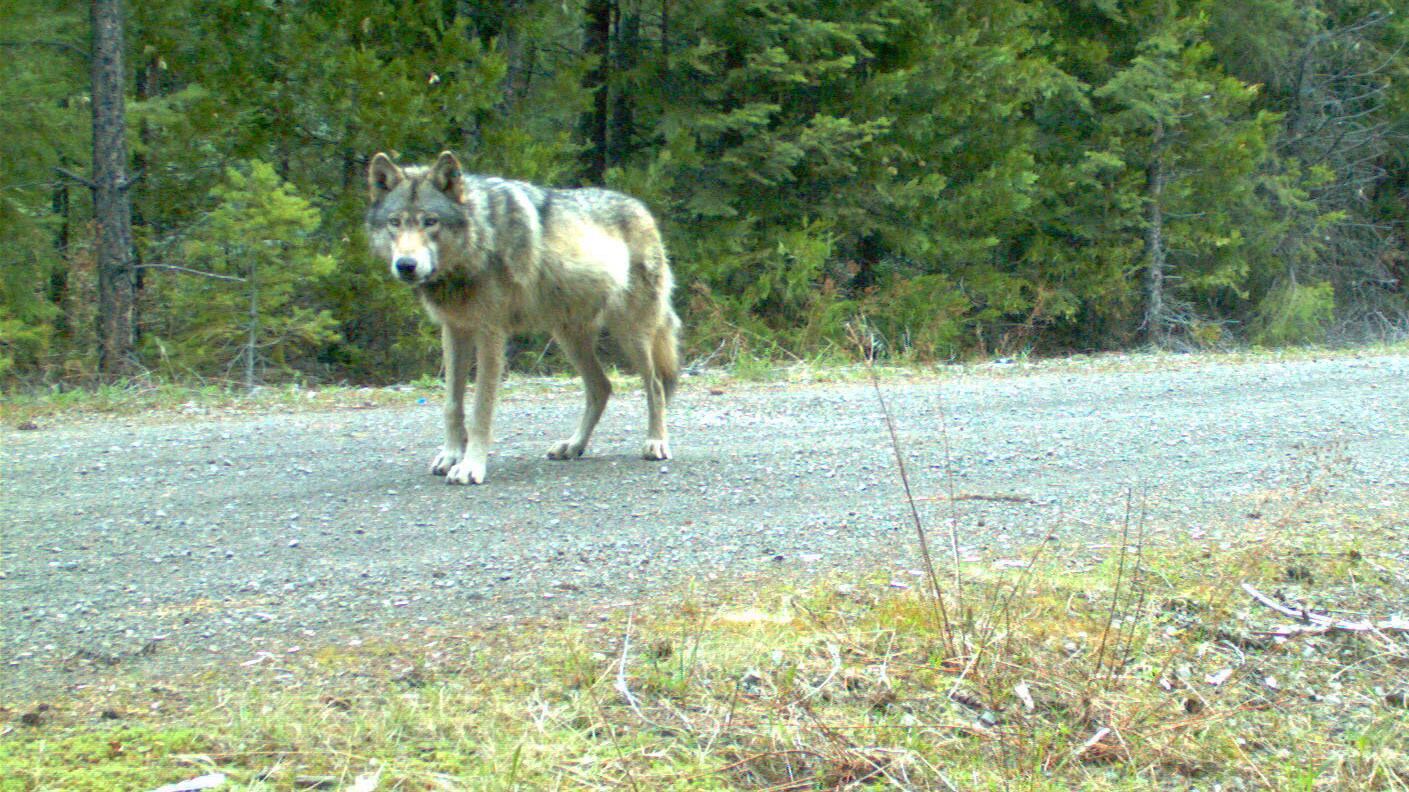The wolf that became world famous for establishing the first gray wolf pack in western Oregon in a half-century is now presumed dead.
According to the Oregon Fish and Wildlife Commission's recently released annual report on wolf conservation and management, there was photographic evidence of the breeding male of the Rogue Pack last fall, but OR-7—also known as Journey—was not documented during the winter count.
In 2011, OR-7 became something of a state mascot for conservationists—while being vilified by cattle ranchers—when he traveled 4,000 miles to find a breeding partner. His expedition took him from northeastern Oregon to the state's southern border, where he eventually veered into Northern California.
OR-7 returned to Oregon and sired at least one pup for multiple consecutive years. According to the recent report, his mate is still in the region between Grants Pass and Klamath Falls with three other wolves.
Among his other accomplishments, OR-7 also outpaced the average lifespan of a wild wolf, which is 6 to 8 years. OR-7's estimated age was 11.
Even though the state appears to have lost its most well-known wolf, the species is doing well in our region. State wildlife biologists counted 158 wolves in Oregon last year—a 15 percent increase from 2018, though the actual number is probably higher since not every animal thought to be living here was located during the winter tally.
There were also 19 packs with successful breeding pairs, a 27 percent jump from the previous year.

